- Home
- About
- Hospitals
-
Treatments
- Orthopedic & Spine
- Knee Replacement
- Carpal Tunnel Release
- Rotator Cuff Repair
- Meniscus Repair / Meniscectomy
- Total Hip Replacement (THR)
- Total Shoulder Replacement
- Arthroscopy
- Ligament Reconstruction
- Spinal Fusion
- Discectomy
- Laminectomy
- Spinal Decompression
- Vertebroplasty and Kyphoplasty
- Fracture Repair
- ACL Reconstruction
- Tendon Repair
- Osteotomy
- Amputation
- Pediatric and Adult Cardiac
- Neuroscience
- Oncology
- Nephrology & KTP
- Gastroenterology & Hepatobiliary
- Obstetrics and Gynaecology
- Infertility
- Dental & Maxillofacial
- Plastic & Cosmetic Surgery
- Rhinoplasty
- Blepharoplasty (Eyelid Surgery)
- Facelift (Rhytidectomy)
- Breast Augmentation (Mammoplasty)
- Breast Reduction (Mammoplasty)
- Breast Lift (Mastopexy)
- Liposuction
- Abdominoplasty (Tummy Tuck)
- Brazilian Butt Lift (BBL)
- Lip Augmentation
- Breast Reconstruction
- Cleft Lip and Palate Repair
- Scar Revision
- Burn Reconstruction
- Botox Injection
- Ophthalmology
- Otolaryngology (ENT)
- Endocrinology
- General and Minimal Invasive Surgery
- Pulmonology
- Rheumatology
- Urology
- General Medicine
- Ayurvedic Treatment
- Orthopedic & Spine
- Doctors
- Contact Us
Artificial Urinary Sphincter (AUS) Implantation
Artificial Urinary Sphincter (AUS) Implantation is a surgical procedure used to treat male urinary
incontinence, particularly stress urinary incontinence (SUI), which can result
from various conditions, such as prostate cancer treatment (radical
prostatectomy) or other pelvic surgeries. AUS is a device that mimics the
function of the natural urinary sphincter, which controls the flow of urine
from the bladder. The AUS is designed to help patients regain control over
their urination.
Here's an overview of AUS Implantation:
Purpose:
- Treatment for Male Urinary Incontinence: The primary purpose of AUS implantation is to treat male urinary incontinence, specifically SUI. SUI is characterized by the unintentional leakage of urine when physical activities, such as coughing, sneezing, laughing, or lifting, increase abdominal pressure.
Procedure:
- AUS implantation is typically performed under general or regional anesthesia. It involves several key components, including:
A cuff that is implanted around the urethra to control urine flow.
A pressure-regulating balloon placed in the abdomen.
A pump that is implanted in the scrotum or the labia, depending on the patient's anatomy.
- The cuff around the urethra functions as an artificial sphincter,
preventing the uncontrolled leakage of urine. The patient can manually
operate the pump in the scrotum or labia to deflate the cuff, allowing
urine to pass, and then inflate it to close the urethra for continence.
Recovery: Recovery
after AUS implantation may require some time for the incisions to heal.
Patients will typically undergo training to learn how to operate the AUS device
correctly. It is crucial to follow the surgeon's post-operative instructions
carefully.
Risks and Complications: Potential
risks and complications of AUS implantation may include infection, erosion of
the device through the skin, mechanical failure of the device, and changes in
sensation in the genital area. It is essential to regularly check and maintain
the AUS device to ensure its proper function.
AUS implantation can significantly improve the quality of life for men
experiencing SUI. It provides a level of control over urinary function,
allowing individuals to regain confidence and engage in normal activities
without the fear of incontinence. However, the procedure should be discussed in
detail with a urologist or specialist to assess its suitability for the
specific condition, and patients should be fully informed about the potential
risks and benefits before proceeding with the surgery.
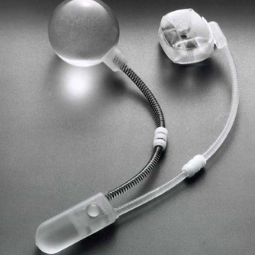


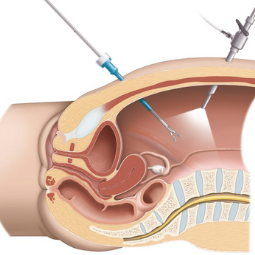

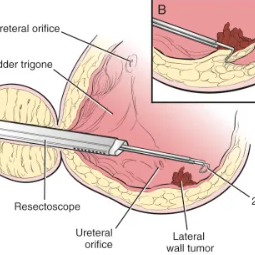
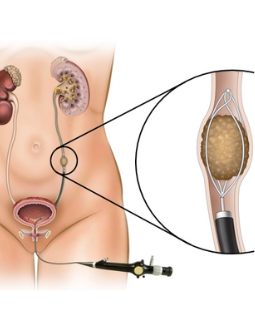
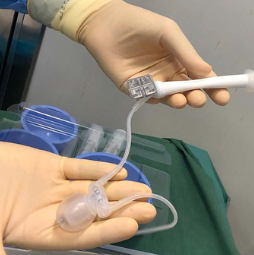
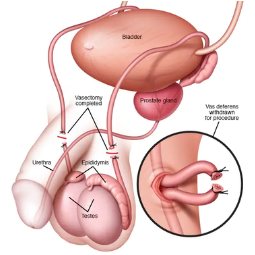
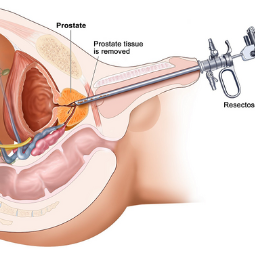
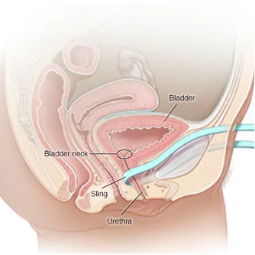
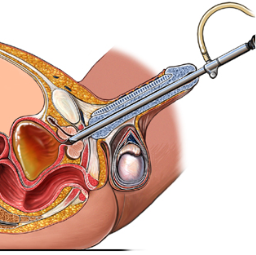
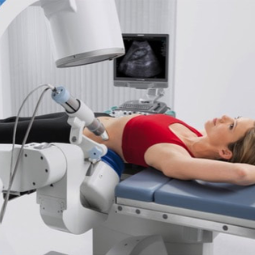
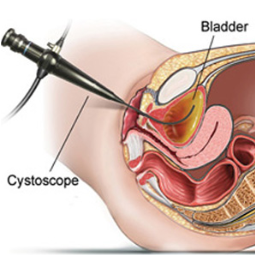
.png)